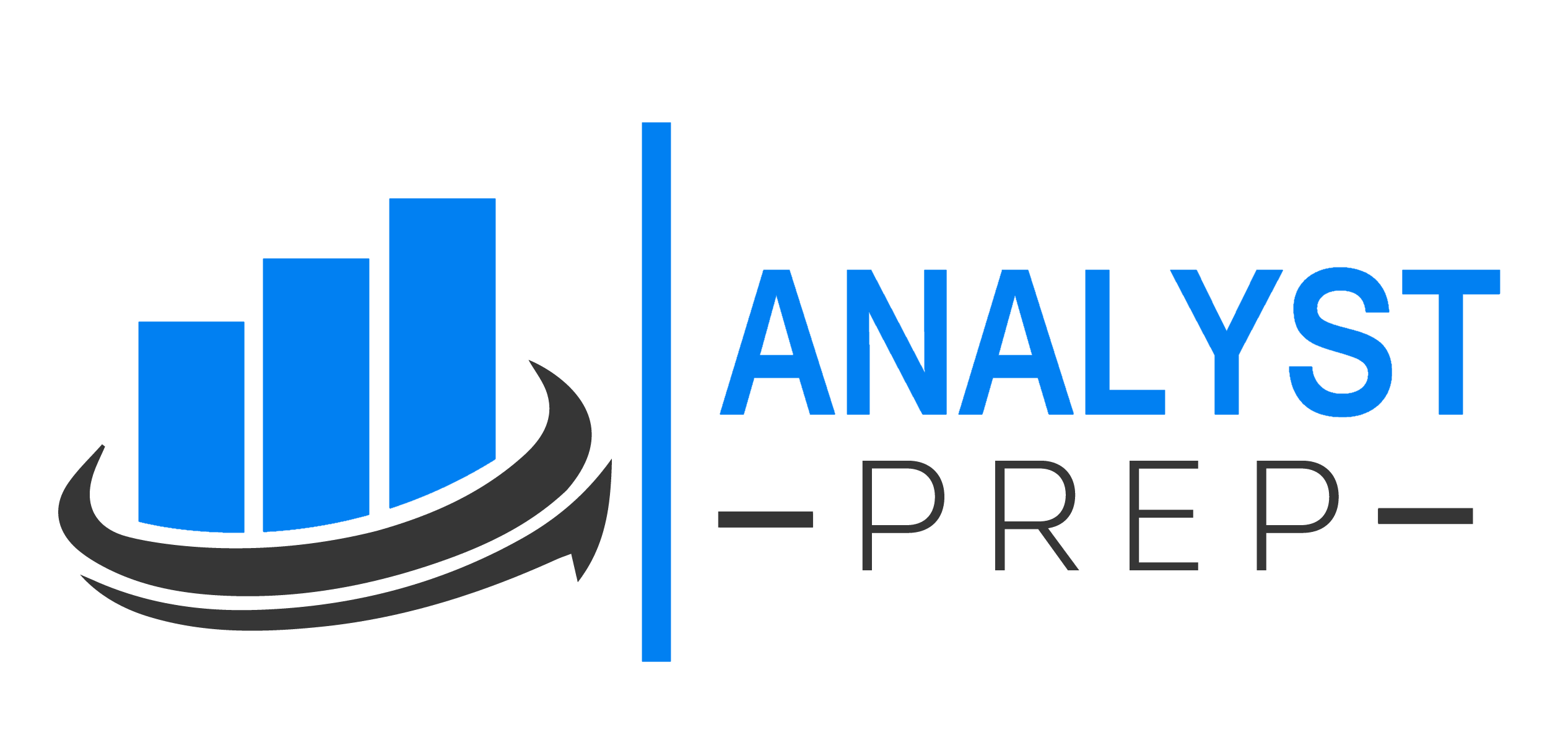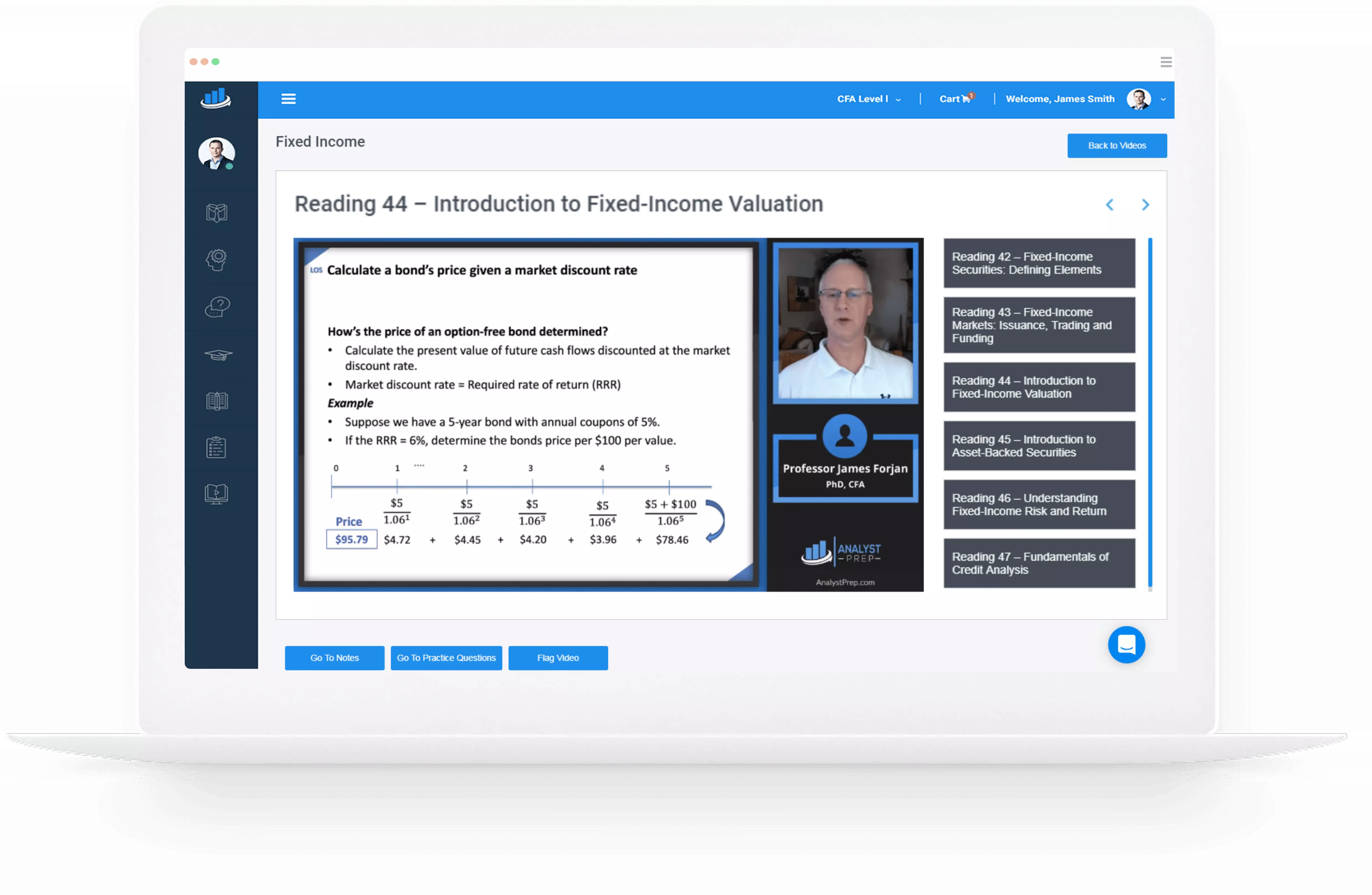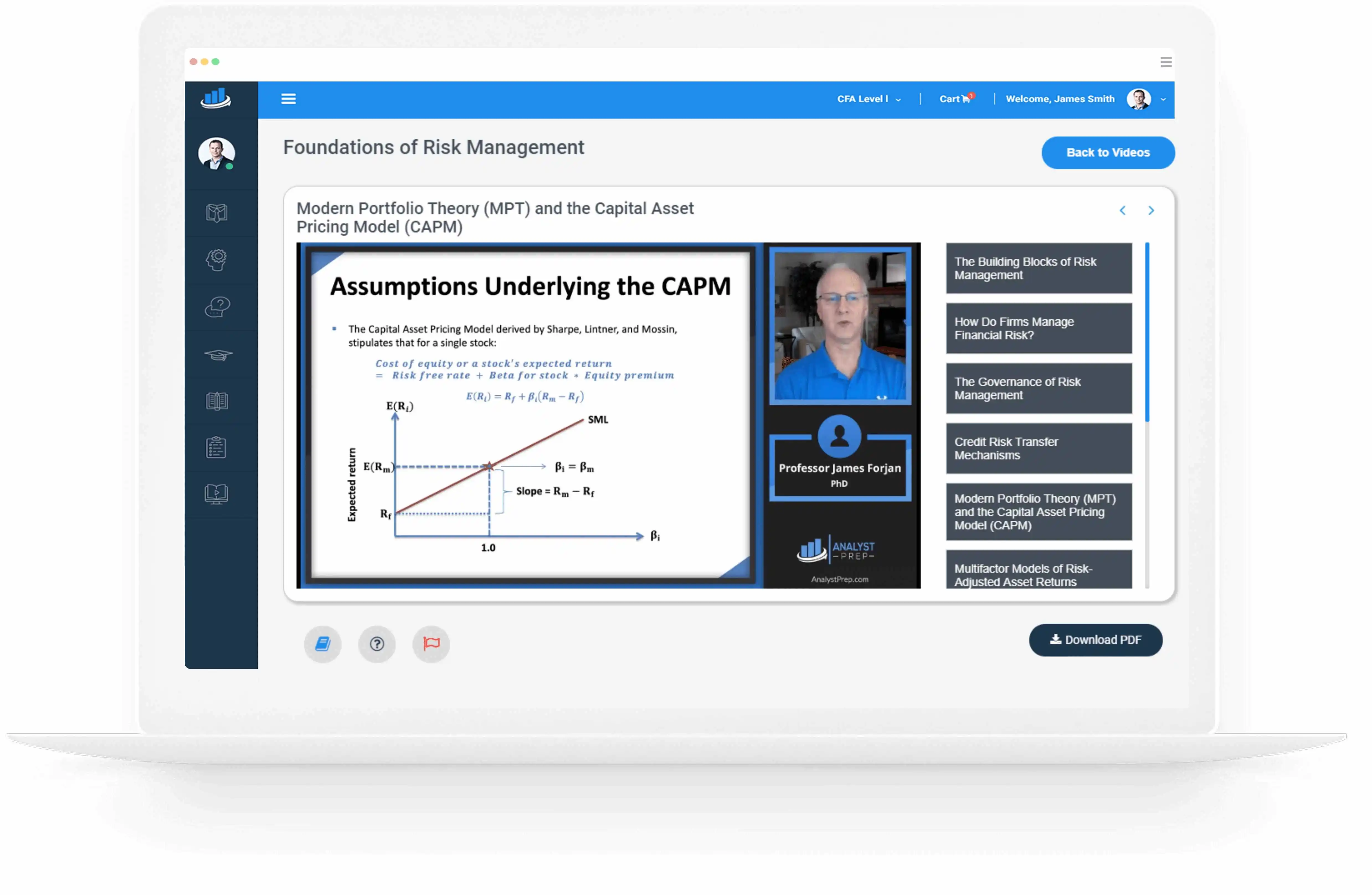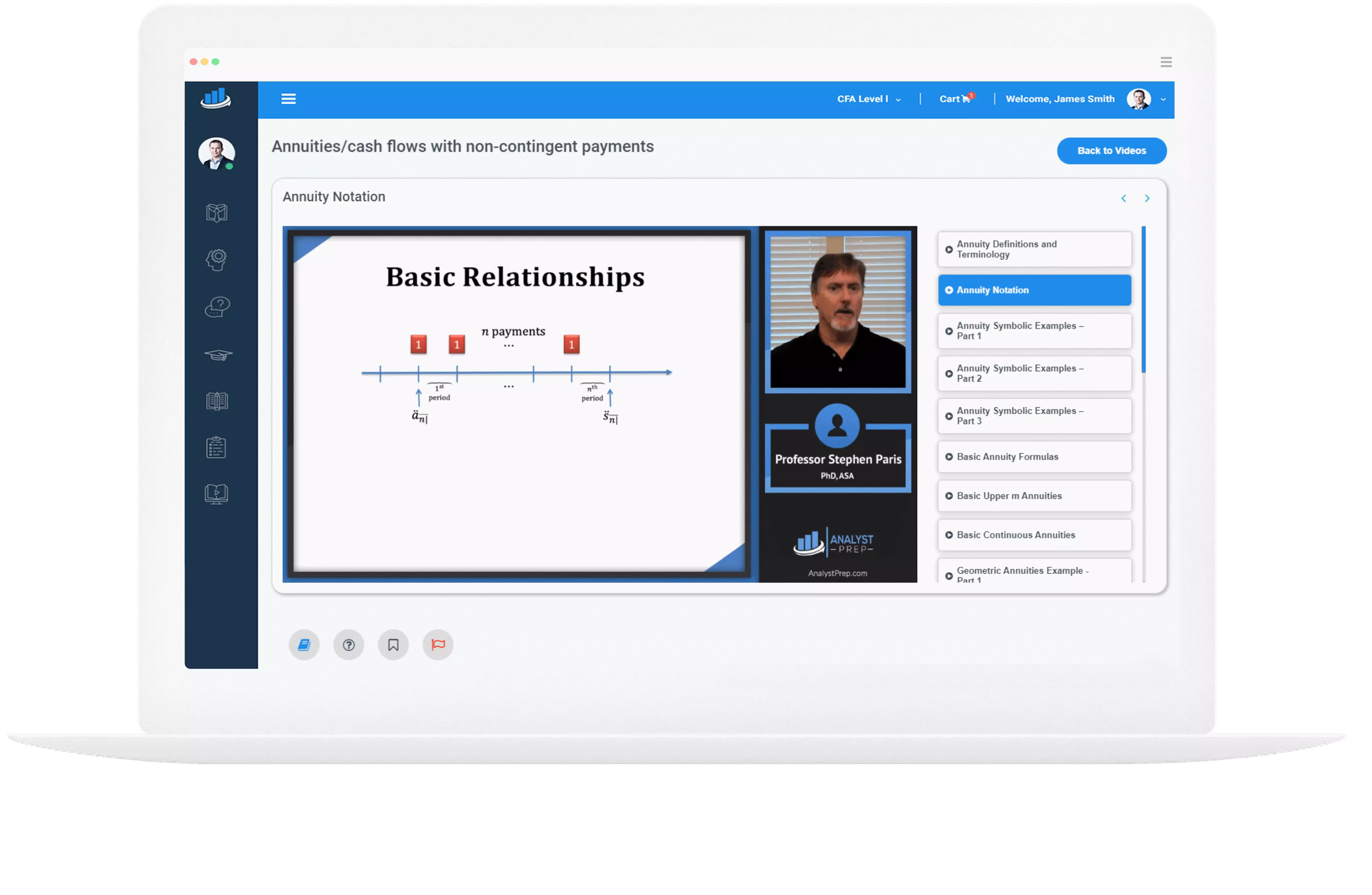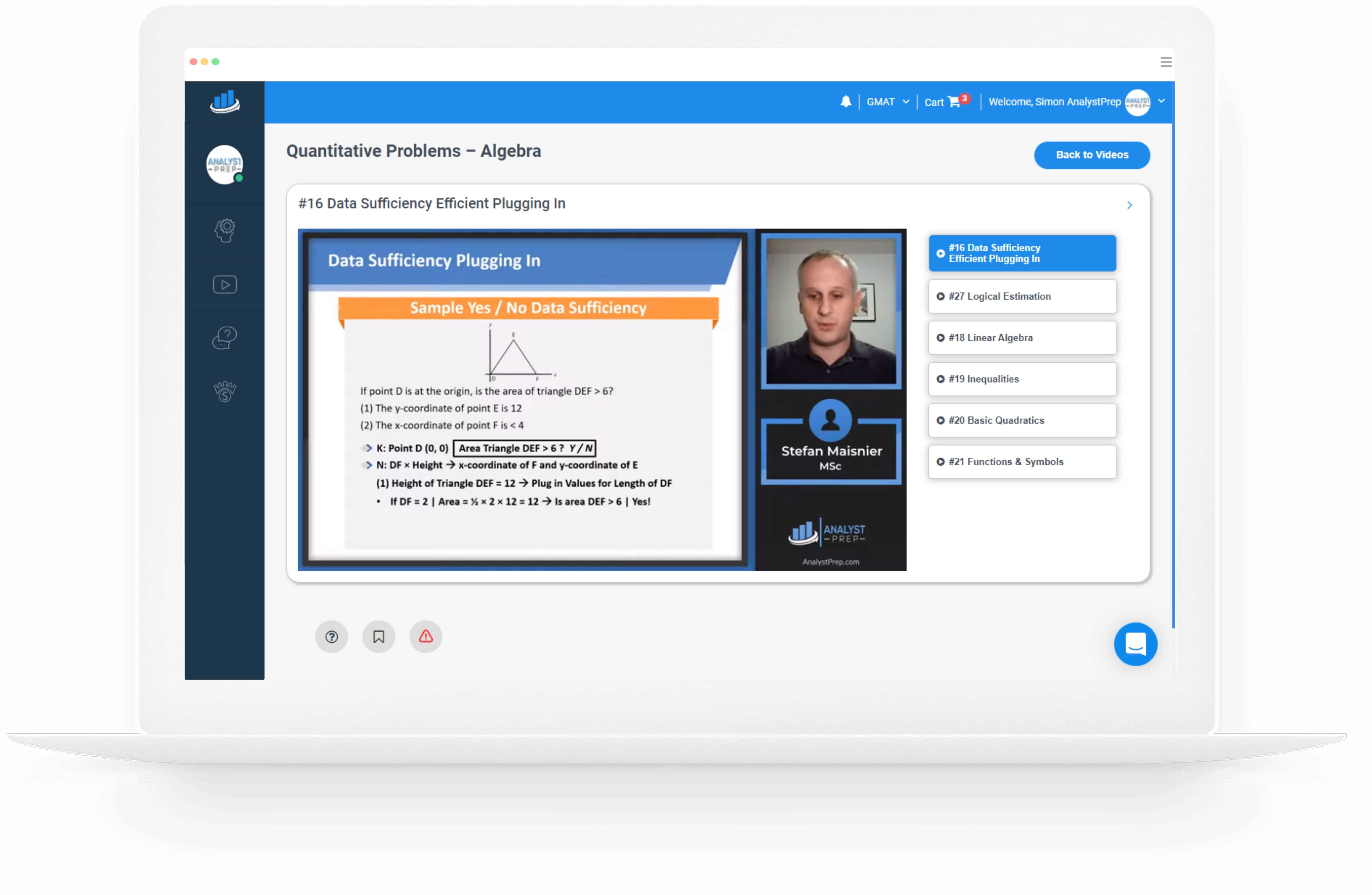
CVA (Part A)
After completing this reading, you should be able to: Explain the motivation for and the challenges of pricing counterparty risk. Describe credit value adjustment (CVA). Calculate CVA and the CVA spread with no wrong-way risk, netting, or collateralization. Evaluate the…
Exotic Options
After completing this reading, you should be able to: Define and contrast exotic derivatives and plain vanilla derivatives. Describe some of the factors that drive the development of exotic products. Explain how any derivative can be converted into a zero-cost…
External Loss Data
External loss data is used in the operational risk framework to provide input to any operational risk calculation and valuable insights into these different forms of the risks. This external data in the advanced measurement approach (AMA) capital calculation is…
Credit Risks and Credit Derivatives
After completing this reading, you should be able to: Use the Merton model to calculate the value of a firm’s debt and equity and the volatility of firm value. Explain the relationship between credit spreads, time to maturity, and interest…
Repurchase Agreements and Financing
After completing this reading, you should be able to: Describe the mechanics of repurchase agreements (repos) and calculate the settlement for a repo transaction. Discuss common motivations for entering into repos, including their use in cash management and liquidity management….

Credit Scoring and Retail Credit Risk Management
After completing this reading, you should be able to: Analyze the credit risks and other risks generated by retail banking. Explain the differences between retail credit risk and corporate credit risk. Discuss the “dark side” of retail credit risk and…
Pricing Financial Forwards and Futures
After completing this reading, you should be able to: Define and describe financial assets. Define short-selling and calculate the net profit of a short sale of a dividend-paying stock. Describe the differences between forward and futures contracts and explain the…
Risk Management, Governance, Culture, and Risk taking in Banks
[vsw id=”-s24SiqzXYQ” source=”youtube” width=”611″ height=”344″ autoplay=”no”] After completing this reading, you should be able to: Assess methods that banks can use to determine their optimal level of risk exposure, and explain how the optimal level of risk can differ across…
Risk Management Failures – What Are They and When Do They Happen?
[vsw id=”KwV1733T62Y” source=”youtube” width=”611″ height=”344″ autoplay=”no”] After completing this reading, you should be able to: Explain how a large financial loss may not necessarily be evidence of a risk management failure. Analyze and identify instances of risk management failure. Explain…
Applying the CAPM to Performance Measurement
[vsw id=”dg8GZluFxDI” source=”youtube” width=”611″ height=”344″ autoplay=”no”] After completing this reading, you should be able to: Calculate, compare, and evaluate the Treynor measure, the Sharpe measure, and Jensen’s alpha. Compute and interpret tracking error, the information ratio, and the Sortino ratio….
